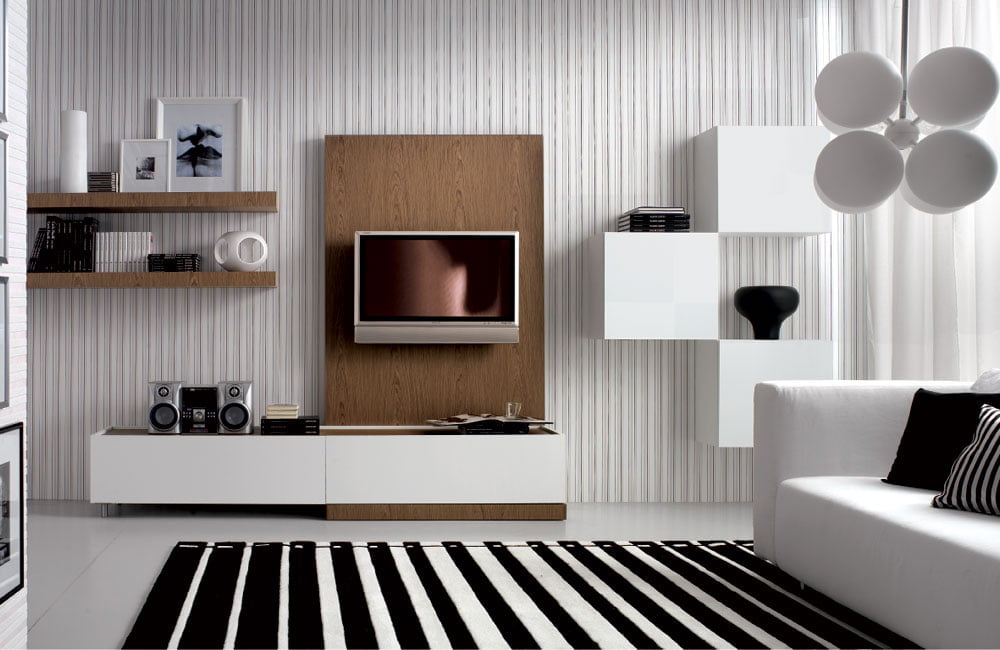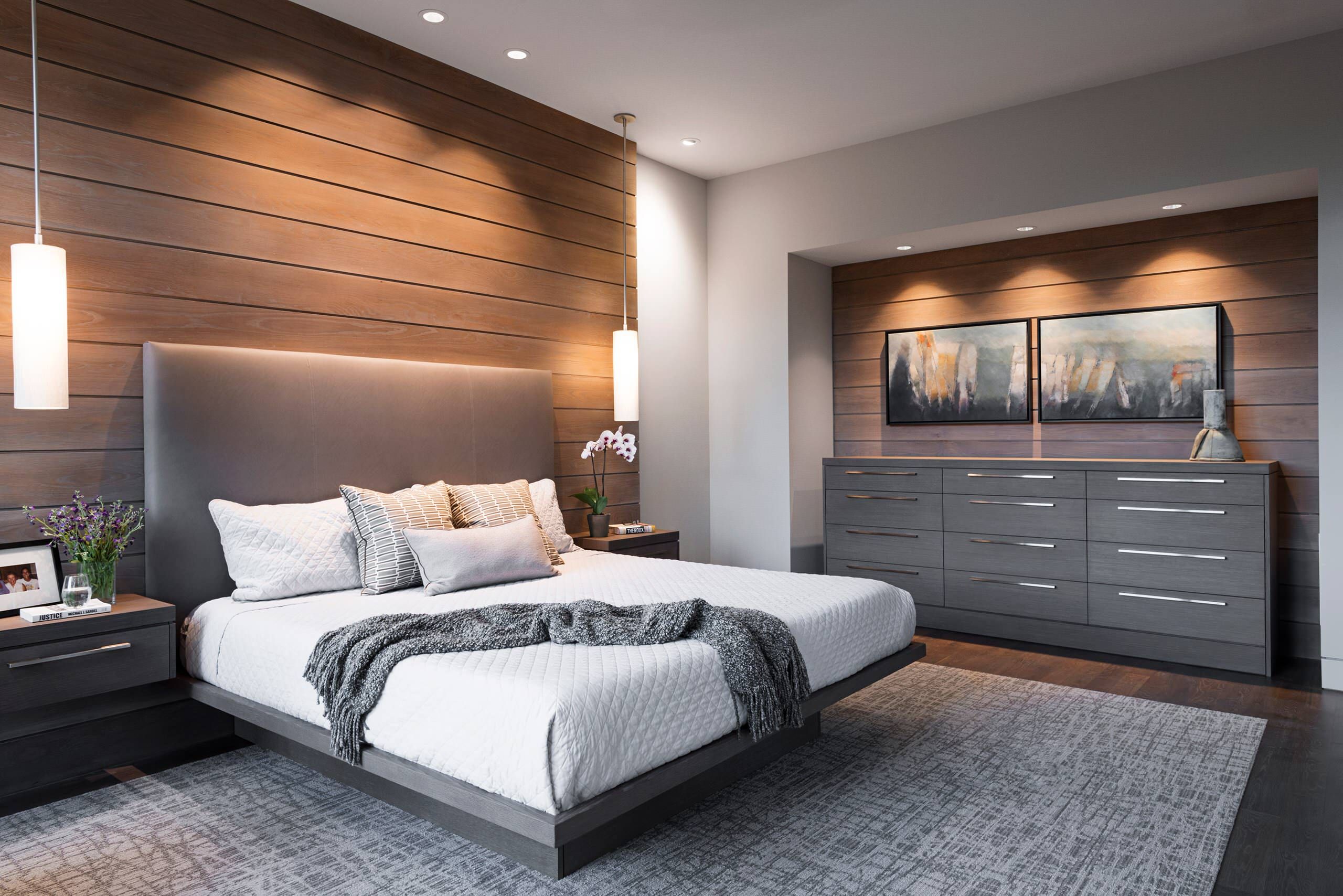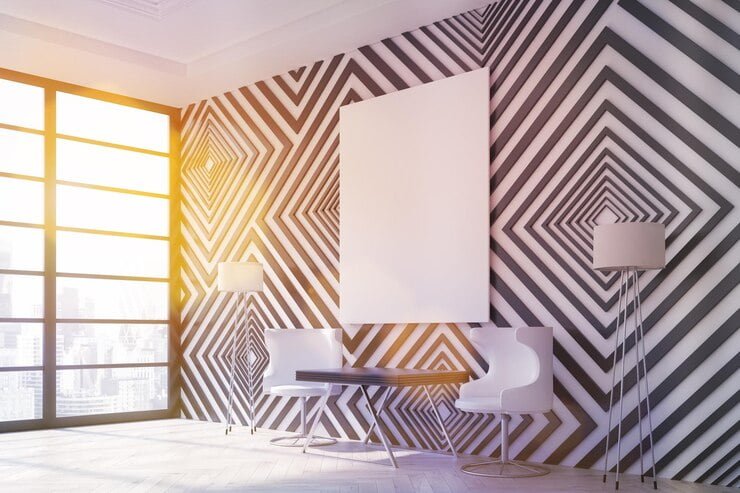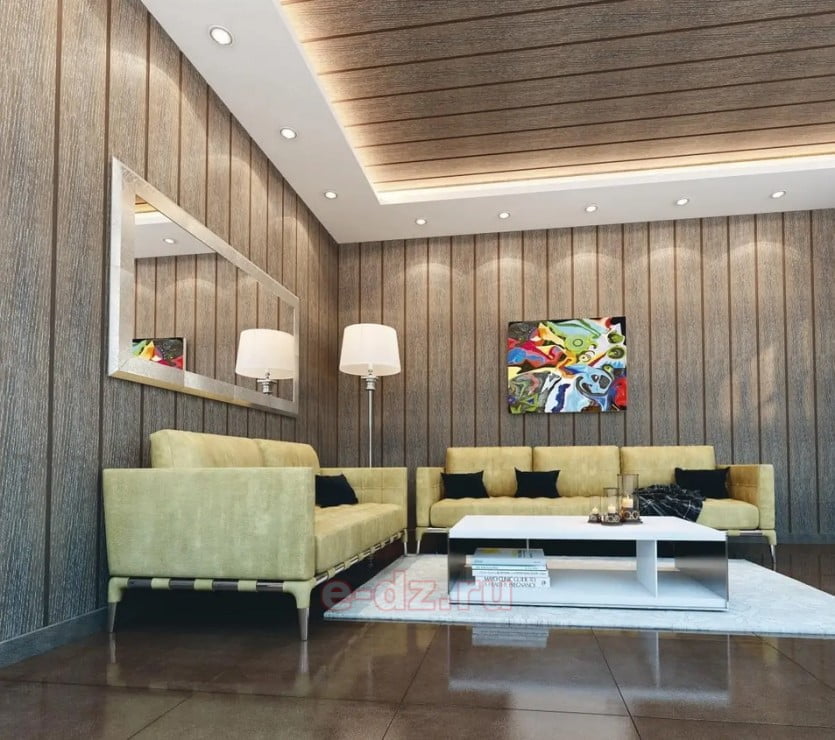The psychology of lines is a branch of psychology that studies how different types of lines affect human emotions and behavior. There are three main types of lines in interior design: vertical, horizontal, and diagonal. Each of these lines has its unique psychological effects on people.
The psychology of lines also refers to how different types of lines, their shapes, and directions can impact our moods, behavior, and overall well-being. Lines are the building blocks of interior design, and they play a crucial role in defining the overall look and feel of the space. In interior design, the use of lines is crucial to create a comfortable and harmonious space that suits the specific needs of its inhabitants. From the flow of the room to the furniture, the right lines can create an environment that fosters productivity, creativity, and relaxation.
Different Types of Lines
Vertical Lines Psychology
Vertical Lines suggest strength, stability, and authority. They give the impression of height and make spaces appear taller. Vertical lines can create a sense of grandeur and elegance, making them ideal for designing spaces such as lobbies, entryways, and hallways. In addition, vertical lines can create a feeling of formality and seriousness, making them perfect for designing office spaces or formal living rooms.

Horizontal Lines Psychology
Horizontal Lines suggest calmness, tranquility, and relaxation. They give the impression of width and make spaces appear more spacious. Horizontal lines can create a sense of balance and stability, making them ideal for designing bedrooms, dining rooms, and other areas where people relax and unwind. In addition, horizontal lines can create a feeling of informality and friendliness, making them perfect for designing casual spaces such as family rooms and game rooms.

Diagonal Lines Psychology
Diagonal Lines suggest movement, action, and excitement. They give the impression of dynamic energy and can make spaces appear more dynamic and lively. Diagonal lines can create a sense of drama and excitement, making them ideal for designing spaces such as theatres, nightclubs, and sports bars. In addition, diagonal lines can create a feeling of adventure and exploration, making them perfect for designing spaces such as children's playrooms and outdoor areas.

Zigzag Lines Psychology
Zigzag Lines can create a dynamic and energetic atmosphere in a room. However, too many zigzag lines can create a sense of chaos and overwhelm the senses. Zigzag lines are best used in small doses or in specific areas of space to add interest and texture. In office spaces, zigzag lines can create a sense of urgency or excitement to promote productivity.

Curve Lines Psychology
Curve Lines can promote a sense of relaxation and tranquility in a space. Lines are perfect for creating a sense of flow and continuity in a room. In-home spaces, curve lines can be used to promote a sense of calmness and serenity in areas such as bedrooms or living rooms.
Wavy Lines Psychology
Wavy Lines can create a playful and whimsical atmosphere in a space. They can add a sense of movement and energy to a room. these is perfect for creating patterns and textures on walls or fabrics. In commercial spaces, wavy lines can be used to create a sense of fun and creativity in areas such as cafes or co-working spaces.

Circular lines Psychology
Circular Lines can promote a sense of unity and balance in a space. They are perfect for creating focal points or highlighting specific areas of a room. Circles are often associated with the sun, moon, and other celestial bodies. Circular lines can add a sense of warmth and intimacy to a space. In-home spaces, circular lines can be used to create a cozy and inviting atmosphere in areas such as dining rooms or reading nooks.
Impacts of Line Psychology on Mood
Lines play a crucial role in influencing our emotions and mood. The types of lines used in interior design can evoke different feelings and emotions. For example, horizontal lines can create a sense of calmness and stability, while vertical lines can create a sense of height and grandeur. Curved lines can create a feeling of relaxation and comfort, while diagonal lines can create a sense of movement and excitement. By understanding the impact of different lines, Interior Designers can create an atmosphere that suits the mood of the inhabitants.
Impacts of Line Psychology on Overall Well-Being
The use of lines in interior design can also impact our overall well-being. The right lines can create a sense of balance and harmony in a space that can positively affect our mental and physical health. For example, a room with a balance of horizontal and vertical lines can create a sense of stability and symmetry that can reduce stress and anxiety. Similarly, a room with curved lines can create a sense of comfort and relaxation that can improve our mood and well-being.
Influence of Line Psychology on Home Spaces
In-home spaces, line psychology is essential to create a comfortable and inviting atmosphere. The right lines can make a small room feel larger or create a sense of intimacy in a larger room. For example, a room with horizontal lines can make a small room feel wider, while a room with vertical lines can create a sense of height in a low-ceiling room. By using lines to create the illusion of space, interior designers can make a home feel more comfortable and inviting.

Influence of Line Psychology on Office Spaces
In office spaces, line psychology can play a significant role in promoting productivity and creativity. The correct lines can create an environment that fosters focus and concentration or encourages collaboration and innovation. For example, a room with diagonal lines can inspire movement and creativity, while a room with vertical stripes can create a sense of authority and leadership. By using lines to guide behavior and promote productivity, interior designers can create an office space that meets the specific needs of its occupants.
Conclusion
In conclusion, the psychology of lines is an essential aspect of interior design. It helps designers create spaces that are not only visually appealing but also comfortable and functional for the people who use them. By understanding the psychological effects of different types of lines, interior designers can create spaces that are tailored to the needs and preferences of their clients. Whether designing a cozy bedroom or a lively sports bar, incorporating the psychology of lines can help interior designers create truly wonderful spaces.
Incorporating the psychology of lines into interior design can significantly impact the overall ambiance of a space. Interior designers can use lines to create a mood and emphasize specific areas. By selecting the right types of lines and incorporating them into their designs, interior designers can create spaces that are both aesthetically pleasing and functional.
